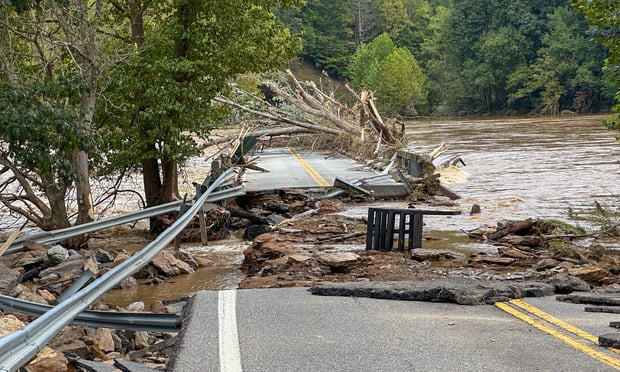Residents of Northeastern states face a one-in-nine chance of enduring a major hurricane this year, experts warned at an industry-sponsored conference last week.
Beyond those odds cited by Phil Klotzbach, a research associate from Colorado State University, other experts speaking at the Northeast Hurricane Conference--organized by the Insurance Information Institute--stressed that it is not a question of "if," but "when" the Northeast will suffer a devastating hurricane.
The infrequency of such storms in the region has resulted in a lackadaisical attitude in terms of preparation, and could make residents reluctant to evacuate when the time comes, said New York Insurance Superintendent Howard Mills.
"Many New Yorkers believe that unless you live in an area where there are swaying palm trees and guys playing ukuleles, there is just no risk," he added.
Buying flood insurance remains the first bulwark, but Northeasterners are more lax in that regard than the nationwide norm.
David Maurstad, administrator of the National Flood Insurance Program, said rough estimates indicate that while about 50 percent of homeowners in high-risk areas fail to buy flood insurance, in the Northeast that number rises to 71 percent.
Nicholas Coch, City University of New York professor of geology, asserted that New York City's unique location at something of a right angle from New Jersey to Connecticut, along with its densely packed skyscrapers, will produce a storm surge amplification that could result in a Category 3 storm producing Category 5 damage.
While deaths from hurricanes have decreased in recent years, as the dollar value of the damage has risen, Mr. Coch sees the death toll rising in the event of a Northeast mega-storm, mainly because "these residents are just not going to evacuate."
Urban trees with their shallow roots will also be vulnerable, while flying debris will present a new kind of danger that has not been calculated into many risk models, he added. Bridges and subways will not serve as evacuation routes once the storm takes full force, and underground electrical systems will take far longer to fix than those seemingly interminable delays down south, Mr. Coch added.
"I tell my friends that 'denial' is not just a river in Egypt," he said. "When a storm hits the Northeast, it will be twice as large and come three times faster than what you see down south."
The 1938 New England hurricane that also destroyed much of Long Island remains the standard by which such events are measured today. Karen Clark, president of AIR Worldwide in Boston, said a storm of that magnitude striking the same area could cause $35 billion in insured losses. However, if that same storm tracks just 50 miles west, insured losses could total $60 billion. "There is almost a 5 percent probability that the Northeast will experience a $60 billion-plus insured loss in the next 10 years," she noted.
While there was not much discussion of a proposed state-federal backup fund for catastrophe risk, one conference participant took special pains to say it was a bad idea.
Wendy Baker, president of Lloyd's America, said she believes the vast majority of natural perils are insurable. "Proposed national and state catastrophe plans risk damaging the nimbleness of capital markets and force taxpayers to underwrite repeated high-risk behavior," she said.
Want to continue reading?
Become a Free PropertyCasualty360 Digital Reader
Your access to unlimited PropertyCasualty360 content isn’t changing.
Once you are an ALM digital member, you’ll receive:
- Breaking insurance news and analysis, on-site and via our newsletters and custom alerts
- Weekly Insurance Speak podcast featuring exclusive interviews with industry leaders
- Educational webcasts, white papers, and ebooks from industry thought leaders
- Critical converage of the employee benefits and financial advisory markets on our other ALM sites, BenefitsPRO and ThinkAdvisor
Already have an account? Sign In Now
© 2024 ALM Global, LLC, All Rights Reserved. Request academic re-use from www.copyright.com. All other uses, submit a request to [email protected]. For more information visit Asset & Logo Licensing.








